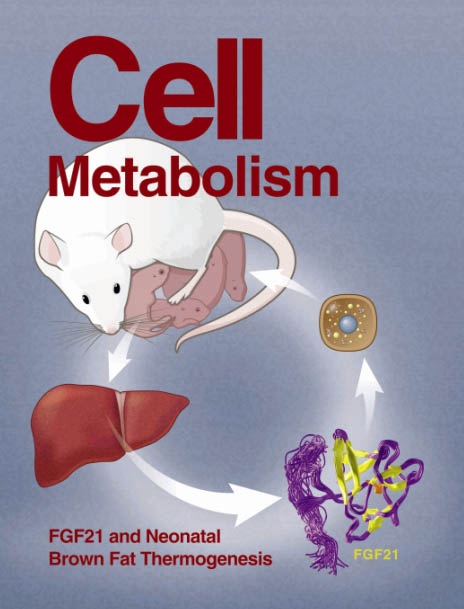The integrated stress response fine-tunes stem cell fate decisions upon serine deprivation and tissue injury
IF 30.9
1区 生物学
Q1 CELL BIOLOGY
引用次数: 0
Abstract
Epidermal stem cells produce the skin’s barrier that excludes pathogens and prevents dehydration. Hair follicle stem cells (HFSCs) are dedicated to bursts of hair regeneration, but upon injury, they can also reconstruct, and thereafter maintain, the overlying epidermis. How HFSCs balance these fate choices to restore physiologic function to damaged tissue remains poorly understood. Here, we uncover serine as an unconventional, non-essential amino acid that impacts this process. When dietary serine dips, endogenous biosynthesis in HFSCs fails to meet demands (and vice versa), slowing hair cycle entry. Serine deprivation also alters wound repair, further delaying hair regeneration while accelerating re-epithelialization kinetics. Mechanistically, we show that HFSCs sense each fitness challenge by triggering the integrated stress response, which acts as a rheostat of epidermal-HF identity. As stress levels rise, skin barrier restoration kinetics accelerate while hair growth is delayed. Our findings offer potential for dietary and pharmacological intervention to accelerate wound healing.

综合应激反应微调了丝氨酸剥夺和组织损伤后干细胞命运的决定
表皮干细胞产生皮肤的屏障,排除病原体,防止脱水。毛囊干细胞(HFSCs)致力于头发再生,但在受伤时,它们也可以重建并此后维持覆盖的表皮。HFSCs如何平衡这些命运选择以恢复受损组织的生理功能仍然知之甚少。在这里,我们发现丝氨酸是一种非常规的、非必需的氨基酸,影响着这一过程。当膳食丝氨酸下降时,HFSCs的内源性生物合成不能满足需求(反之亦然),减缓了毛发周期的进入。丝氨酸剥夺也会改变伤口修复,进一步延缓头发再生,同时加速再上皮化动力学。在机制上,我们发现HFSCs通过触发综合应激反应来感知每个适应性挑战,这作为表皮- hf身份的变阻器。随着压力水平的上升,皮肤屏障恢复动力学加速,而头发生长被推迟。我们的发现为饮食和药物干预加速伤口愈合提供了可能。
本文章由计算机程序翻译,如有差异,请以英文原文为准。
求助全文
约1分钟内获得全文
求助全文
来源期刊

Cell metabolism
生物-内分泌学与代谢
CiteScore
48.60
自引率
1.40%
发文量
173
审稿时长
2.5 months
期刊介绍:
Cell Metabolism is a top research journal established in 2005 that focuses on publishing original and impactful papers in the field of metabolic research.It covers a wide range of topics including diabetes, obesity, cardiovascular biology, aging and stress responses, circadian biology, and many others.
Cell Metabolism aims to contribute to the advancement of metabolic research by providing a platform for the publication and dissemination of high-quality research and thought-provoking articles.
 求助内容:
求助内容: 应助结果提醒方式:
应助结果提醒方式:


